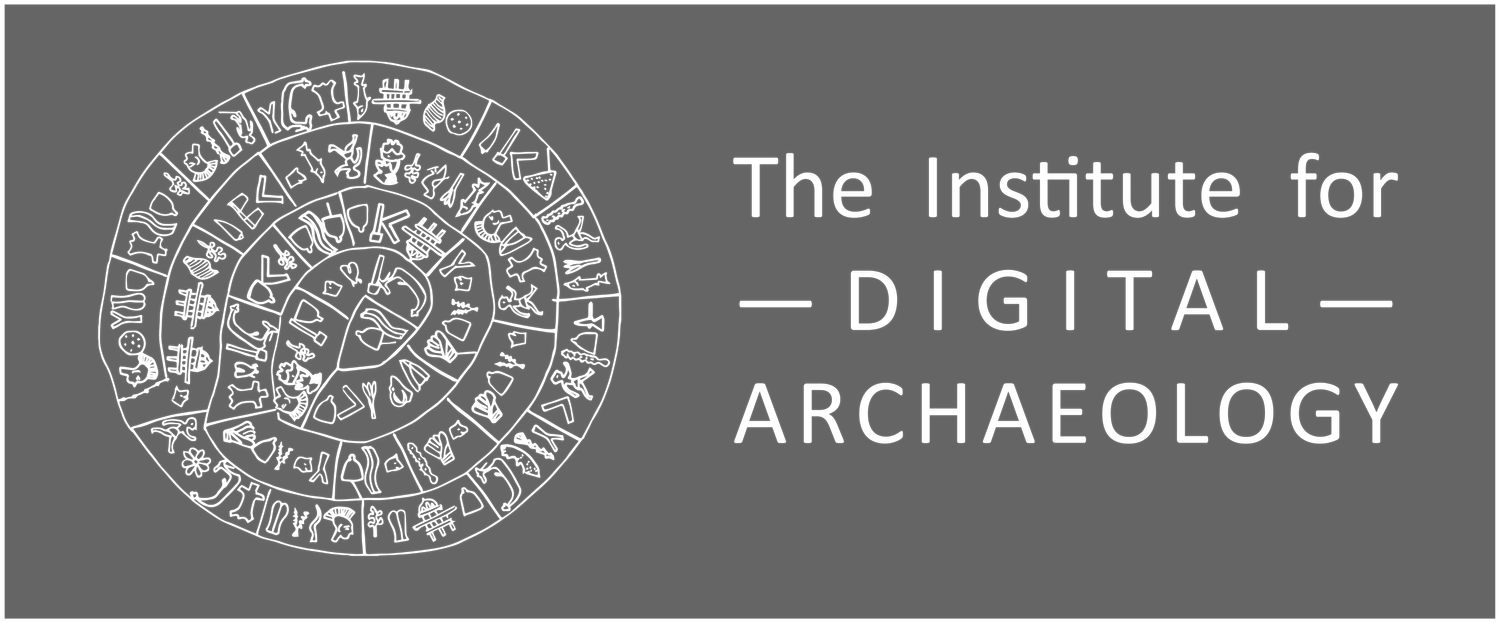IDA Conference: Day 2
/Thomas Mannack kicked off Day 2 with a discussion of the digitization of the Beazley Archive and the incredible online database of pottery that now exists. The database combines the Beazley Archive, the British Museum and countless other institutions. Plus, it uses Beazley’s original system as a standard making recording consistent from when he began in the 1920s to the present day. Dr. Mannack not only spoke about the importance of open source technology in the humanities, but he also managed to fit in some of the RTI work that has been done in the Archive, showing sketch marks, misfires and painting techniques in more detail than has ever been seen before. Check out the online database below. I typed in Herakles and got 4302 results, so there’s plenty on there to explore!
Screen capture from the Beazley Archive Database
Next up was Rebecca Benefiel, and her presentation on graffiti in Herculaneum was fascinating. For a start, I was definitely expecting lots of rude words written 10 ft high on the walls of the public forum, with visions of some poor local task-force soldiers scrubbing them off and chasing after pesky urchins. The graffiti were, in fact, super tiny and incredibly difficult to see. RTI to the rescue! Or, at least, in some situations. The RTI only worked on walls that had been sufficiently covered from above so that the Italian sunlight interfered less. Still, some fascinating stuff, including some scrawlings of camels and an alien with fairy wings and claws who, it was decided, is probably not of Roman origin…. (check out more at http://ancientgraffiti.wlu.edu/hgp/)
Herculaneum Team 2014! from http://ancientgraffiti.wlu.edu/hgp/
Coming from the physics department, Alexy Karenowska stepped up to give a paper on magnetism and the history of science in archaeology. After the best audience interaction portion of the conference, in which she showed a room full of humanities students how a super conductor works, using dry ice, she gave an insightful and thought-provoking talk on the importance of understanding how scientific methods have come into being, and how the social constructions surrounding them can influence work. Always helps to throw in an Ambrose Bierce quote as well.
One of the more amusing slides from Day 2. Courtesy of Alexy Karenowska
After lunch were the final two presentations. One from Herb Golder on the way that the brain perceives information in print as opposed to digital forms. The argument boiled down (there was quite a lot of complicated science that I’m not going to try to distil for this blog, as I’m still trying to wrap my head around it), was that the brain reacts much better and can achieve more looking at printed material, and we should make sure that digital finds should be printed in quite high quality and studied without the damaging backlights of computers. On top of this, the backlighting can actually detract from being able to see minute detail on the image. Roger Michel ended the conference with a brief discussion of the Greek Aldines, and some words of thanks to all who came.
If you have any specific questions about the conference, throw them in the comments! We’ll be putting up some of the papers, and are on track to publish the first volume of the JDA in the early fall!






